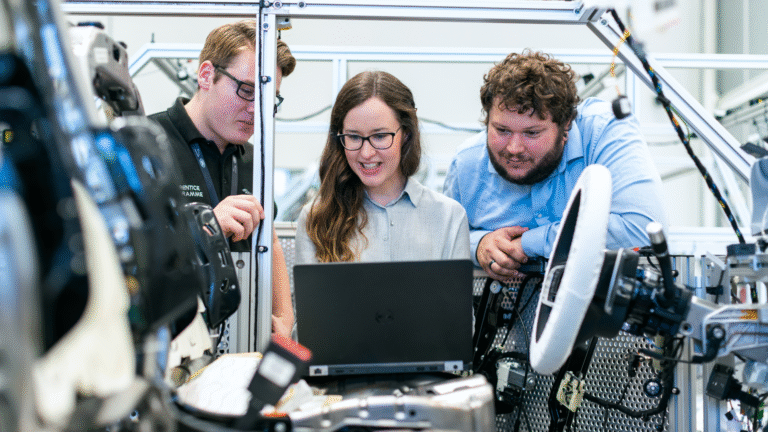Electric vehicle (EV) adoption isn’t just reducing emissions—it’s triggering a seismic shift in Australia’s job market. From charging infrastructure to battery manufacturing, new roles are emerging across trades, tech, and regional communities. In this article, we explore how EV growth is creating work opportunities, fueling regional development, and shaping Australia’s economic future.
—
Table of Contents
- The EV Boom: What’s Driving Job Growth
- Infrastructure Expansion: New Roles and Regions
- Manufacturing & Supply Chains
- Skills & Workforce Development
- Economic and Regional Benefits
- Challenges Ahead
- FAQs
- Conclusion
1. The EV Boom: What’s Driving Job Growth
Australia’s EV sales have surged to roughly 10% of new vehicles in 2024, with a projected 15–19% share by 2026. To support this growth, the country needs skilled workers across multiple sectors—from EV technicians to grid engineers and energy managers.
The industry projects a need for at least 9,000–18,000 EV-qualified technicians by 2030 to service a projected 15 million vehicles.
2. Infrastructure Expansion: New Roles and Regions
Building extensive public and kerbside charging networks is fueling jobs in construction, electrical installation, and project management.
- Charging companies are deploying thousands of new fast chargers nationwide.
- Installing bidirectional V2G chargers could yield local manufacturing jobs.
Grid upgrades and electrical installation roles are booming—forecasts suggest an extra 33,000 electricity workers will be needed by 2029.
3. Manufacturing & Supply Chains
EV growth is pushing demand for clean-tech manufacturing:
- The battery sector alone could create 53,000 jobs and significant revenue by 2035.
- Australia’s abundant cobalt, nickel, and lithium reserves offer opportunities for downstream manufacturing—battery cells, recycling, and EV components.
Regional hubs are emerging (e.g., Gladstone, Hunter Valley, Maryborough), supported by major investments in grid-scale battery factories.
4. Skills & Workforce Development
The transition requires reskilling:
- Australia needs 26,000–42,000 more electricians in coming years.
- TAFE and vocational institutes are integrating EV and renewables training—solar, battery, EV charging infrastructure modules are being added.
- Yet only 41% of EV technician roles were filled in 2023—highlighting a critical skills shortage.
5. Economic and Regional Benefits
EV-driven job creation spans metropolitan and regional Australia:
- Renewable energy zones and clean-tech precincts are generating project and operational jobs.
- Grid and solar transitions could add hundreds of thousands of energy-sector jobs, especially outside major cities.
6. Challenges Ahead
🔧 Skills Pipeline
Training systems must adapt quickly to meet EV and energy-tech demands.
🏗️ Boom-Bust Risk
Infrastructure projects can generate uneven employment cycles.
🏁 Policy Coordination
Stable government incentives and mandates are essential to sustain growth.
7. FAQs
🔋 How many jobs will EV adoption create?
Estimates range from tens to hundreds of thousands—from technicians to manufacturing and grid roles.
🧯 Will there be enough skilled workers?
Currently, no—critical shortages exist. Expanding vocational training and targeted incentives are key.
🏗️ Which regions benefit most?
Regional clean-tech zones like Gladstone, Hunter, and Maryborough will see significant growth.
8. Conclusion
EV adoption is more than a cleaner way to get from A to B—it’s a powerful engine for job creation across Australia. From the urban sprawl to regional towns, electrification is generating opportunities—electricians, engineers, battery experts, charging infrastructure teams, and more.
However, to sustain this momentum, Australia must invest in skills training, stable policy support, and coordinated infrastructure rollout. When done right, the EV wave could become one of the country’s most significant job-creation engines in decades.
Explore how the shift to electric vehicles is creating jobs across Australia—from EV technicians and electricians to battery manufacturing and clean-tech infrastructure.
